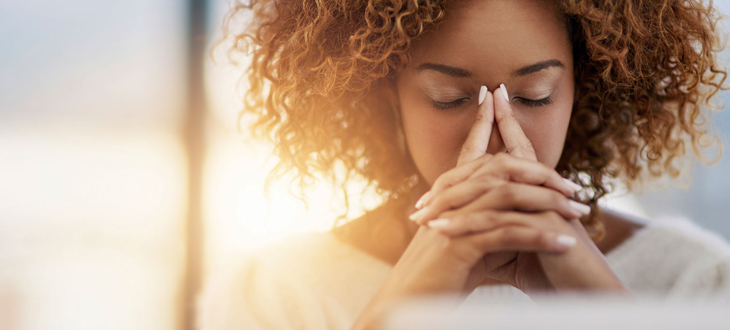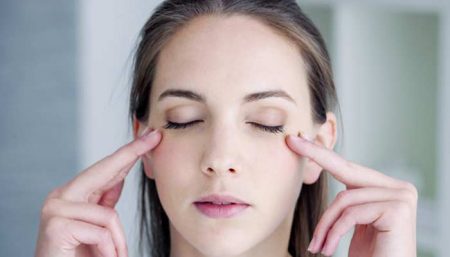“Myokymia” or eyelid twitching is a common symptom characterized as a sudden, involuntary blinking of the eyelid muscles generally around one eye. Your eyelid, usually the upper one, blinks and you can’t make it stop. Sometimes it affects both eyes. The lid moves every few seconds for a minute or two.

Twitches are painless, harmless, and usually go away on their own. But if the spasms are strong enough they can cause your eyelids to completely shut and then reopen.
Causes of Eye Twitch?
An electrical activity in the brain causes nerve cells to flash signals to the muscles, which causes spasms. These spasms do not result from any internal or external stimuli, and they do not last long.
A one-time eyelid twitch is likely to be a result of this phenomenon.
If an eyelid twitch lasts for a few minutes to a few days, it could be caused by muscle overstimulation or fatigue due to:
- Stress
- Excessive caffeine, tobacco & alcohol intake
- Disrupted or insufficient sleep patterns
- Dry eyes
- Eye Strain
- Allergy to external agents

You may have more severe contractions, where the eyelid completely closes. These can be caused by irritation of the:
- Surface of the eye (cornea)
- Membranes lining the eyelids (conjunctiva)
Sometimes, the reason your eyelid is twitching cannot be found. This form of eyelid twitching, called blepharospasm. It lasts much longer and is often very uncomfortable. It can also cause your eyelids to close completely.
Treatment
Eyelid twitching most often goes away without treatment. However, the following steps may help:
- Get more sleep.
- Go down on caffeine, alcohol, tobacoo etc.
- Lubricate your eyes with eye drops.
- Apply hot and cold compresses to the eyelid
- Try acupuncture or massages to ease tension and reduce stress.
- Try a face steam
- If twitching is severe or lasts a long time, small injections of botulinum toxin can control the spasms.

Sometimes persistent twitches can be treated with Botox injections that help stop muscle contractions. Also, see your eye doctor immediately if the twitching or abnormal movements affect half of your face as well as your eyelid, or if both eyelids clamp down tight so it’s impossible to open your eyes. These can be signs of a serious condition.
Proper treatment of eyelid twitches may also aid with prevention. For example, if you are sleeping more and, therefore, are well rested, you may be able to get rid of your existing eye twitching problem and avoid future occurrences.
Reference:
https://medlineplus.gov/
Disclaimer
The Content is not intended to be a substitute for professional medical advice, diagnosis, or treatment. Always seek the advice of your physician or other qualified health provider with any questions you may have regarding a medical condition.


